Hazelden Publishing
Center City, Minnesota 55012-0176
800-328-9000
hazelden.org/bookstore 1977 by Jon R. Weinberg, Ph.D.
All rights reserved. First published by
Hazelden Foundation 1995 (originally
published by CompCare Publishers 1977)
Printed in the United States of America
No portion of this publication may be
reproduced in any manner without the
written permission of the publisher Ebook ISBN: 978-1-61649-142-0

About the authors Dr. Jon R. Weinberg is a consulting psychologist in private practice and for the Hennepin County Chemical Dependency Program, Minneapolis, Minnesota. from Oberlin College, and an M.A. and Ph.D. in Psychology from the University of Iowa. in Psychology from the University of Iowa.
He is Clinical Associate Professor in the Department of Psychiatry at the University of Minnesota Medical School and has authored numerous publications within the chemical dependency field. Daryl Kosloske, A.C.S.W., is executive director, The Institutes for Stress and Addiction The Cloisters at Pine Island, Pineland, Florida. INTRODUCTION Step Four:
Made a searching and fearless moral inventory of ourselves. Most of you working on the Fourth Step are at an unsettling point in your life. As a result of a series of very painful events, you have been forced to look at your extraordinary relationship with alcohol (or other drugs). How you and others have suffered from the effects of this drug on your behavior and body has finally become clear.
That is the first shock. The second one is that the only certain solution to the problem is permanently abstaining from the drug. Now, thats a one-two punch that would unsettle anyone. So now you have acknowledged that alcohol and/or drug use leads to serious problems in your life. Further, you have started on a recovery program based on the principles of sobriety. These crucial changes all can be considered a function of Steps One, Two and Three.
Why, then, do you have to concern yourself with Step Four, not to mention eight more after that? Surely you have been sufficiently unsettled by that one-two punch. Why bother with still another difficult step an intense personal inventory? Why not just stay away from alcohol and let it go at that? The answer is simple. Recovery is not just a matter of stopping the use of alcohol. Recovery is learning and practicing a new and satisfying way of life. Sobriety may be viewed as opening the door to the recovery process. You are now standing on the threshold of your new life. Step Four is designed to help you with your first major challenge as you move beyond sobriety into the journey called recovery. That challenge is to examine with the utmost honesty how your emotions and behavior affect your relationship with other people and also yourself.
This emphasis on how you relate to others is reflected by the word moral in the Fourth Step. This Guide is designed to help you look carefully at your behavior, which can include your thoughts and feelings, as well as your actions. It is not helpful to dwell on past behaviors which were the direct result of alcohol use. Rather, the inventory is intended primarily for examining your sober behavior. That is the important issue for now and for your future life. There will be a place, however, for reflecting on behaviors resulting from drinking which still cause troublesome guilt feelings.
The Guide also includes a section for you to use when you begin to move to Steps Six and Seven. Like and dislike behaviors The Guide uses the language of likes and dislikes. All of us want more and more of whatever we have learned to like, and less and less of whatever we have learned to dislike. Peoples behavior can be best understood in terms of that universal goal. When you like the results of a particular way you behave, in terms of the effects on others and yourself, that is called a Like Behavior. When the behavior has results you and other people dislike, that is called a Dislike Behavior. The purpose of Step Four is to help you identify your Like Behaviors and Dislike Behaviors. Only after you have carefully made such an inventory are you able to work toward making helpful changes. (Note: Dislike Behaviors are the equivalent of defects of character in Step 6.) Probably the most important basis for our behavior is what we have learned to believe our ideas and thoughts.
In order to make changes in our major problem area the Dislike Behaviors it is essential to examine those ideas and beliefs which support the behavior. Thoughts, ideas, beliefs and attitudes are all easily reduced to one simple thing words. They are simply words which we say to ourselves. So discovering how we talk to ourselves is the key to understanding our Dislike Behaviors. The Guide puts special emphasis on the ways of talking which lead to Dislike Behaviors. Then we can learn new and more helpful ways of talking to ourselves. Suggested procedure for using the guide
- Read through the entire Guide to get a general idea of the process.
- Read Part One again and think about which of the Dislike Behaviors seem to especially apply to you.
The examples of words and actions given for each one should help you decide if it applies.
- For each Dislike Behavior you feel fits you, write down specific examples from your own behavior. Try to use recent events, and record your exact words and actions as nearly as you can recall. Dont be concerned if some of your examples for different Dislike Behaviors overlap that is to be expected.
- While most of the very common Dislike Behaviors in our culture are listed, it is certainly possible that you can think of some others which are problems for you. You can use the last section of Part One to add these.
- For Part Two, use the checklist and then write down examples of your Like Behaviors. Note: Most people have a much harder time finding positives or likes about themselves. It is extremely important that you take this task seriously and find as many likes as possible.
Remember, likes dont have to be special, super-duper, outstanding, or prize-winning qualities or behaviors. They are simply likes. Part Two is important, even though shorter. Take lots of time to do it.
- Often you can give and receive a tremendous amount of help by working together in groups on the Fourth Step process. Hearing how other people react to you, in terms of both Like and Dislike Behaviors, is of great benefit in learning about yourself.
- When you are ready to move on to Steps 6 and 7, in which you will work toward changing your Dislike Behaviors, look again at Part Three. Here you will find examples to illustrate how to change from your old ways of thinking, feeling, and acting to more helpful new ways. Use some of your examples from Part One for the old way and then write down a new way which you would like to begin to practice.
- Remember that a searching and fearless moral inventory is no small task.
Neither is working to change the Dislike Behaviors you have learned over a lifetime. These are both a part of the ongoing process (look at Step Ten) called recovery. Give yourself praise for your continuing efforts toward personal growth and spiritual fulfillment, not because you can successfully complete these steps.
As you work toward increasing your Like Behaviors and decreasing your Dislike Behaviors, you are helping build a more loving world for yourself and those around you. From the
Next page


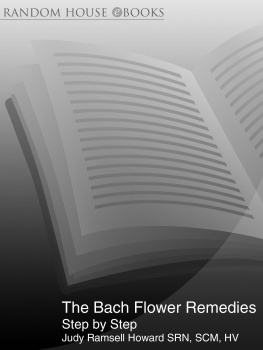
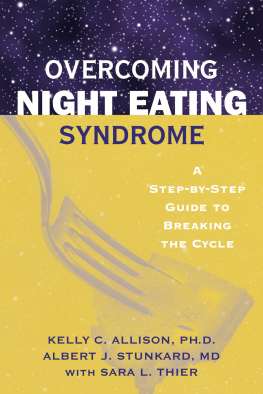
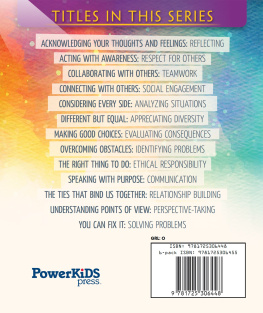
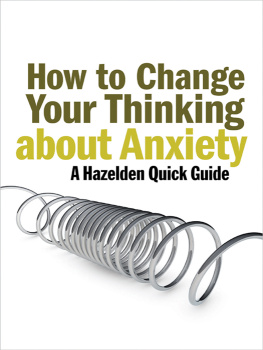
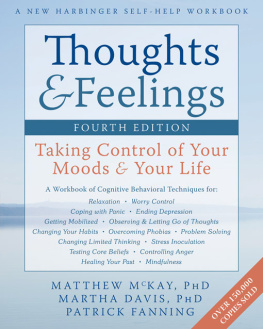
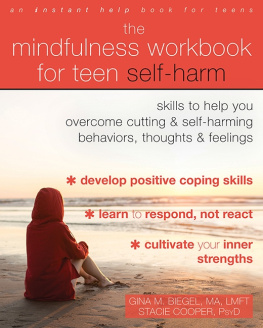
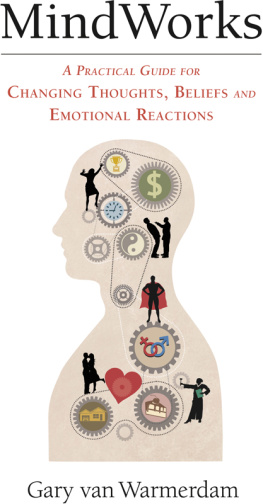
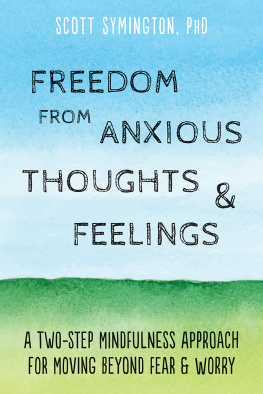


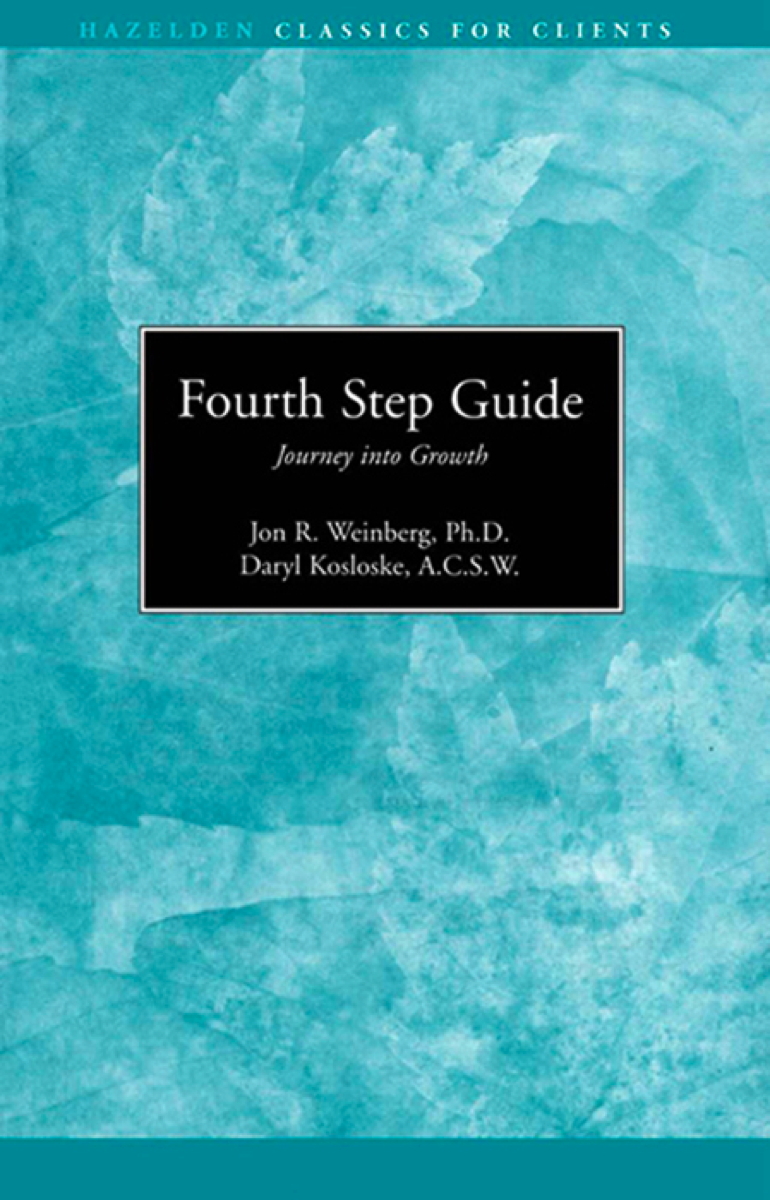
 About the authors Dr. Jon R. Weinberg is a consulting psychologist in private practice and for the Hennepin County Chemical Dependency Program, Minneapolis, Minnesota. from Oberlin College, and an M.A. and Ph.D. in Psychology from the University of Iowa. in Psychology from the University of Iowa.
About the authors Dr. Jon R. Weinberg is a consulting psychologist in private practice and for the Hennepin County Chemical Dependency Program, Minneapolis, Minnesota. from Oberlin College, and an M.A. and Ph.D. in Psychology from the University of Iowa. in Psychology from the University of Iowa.